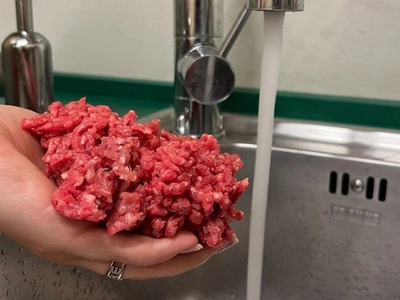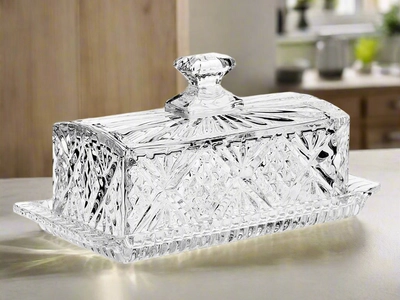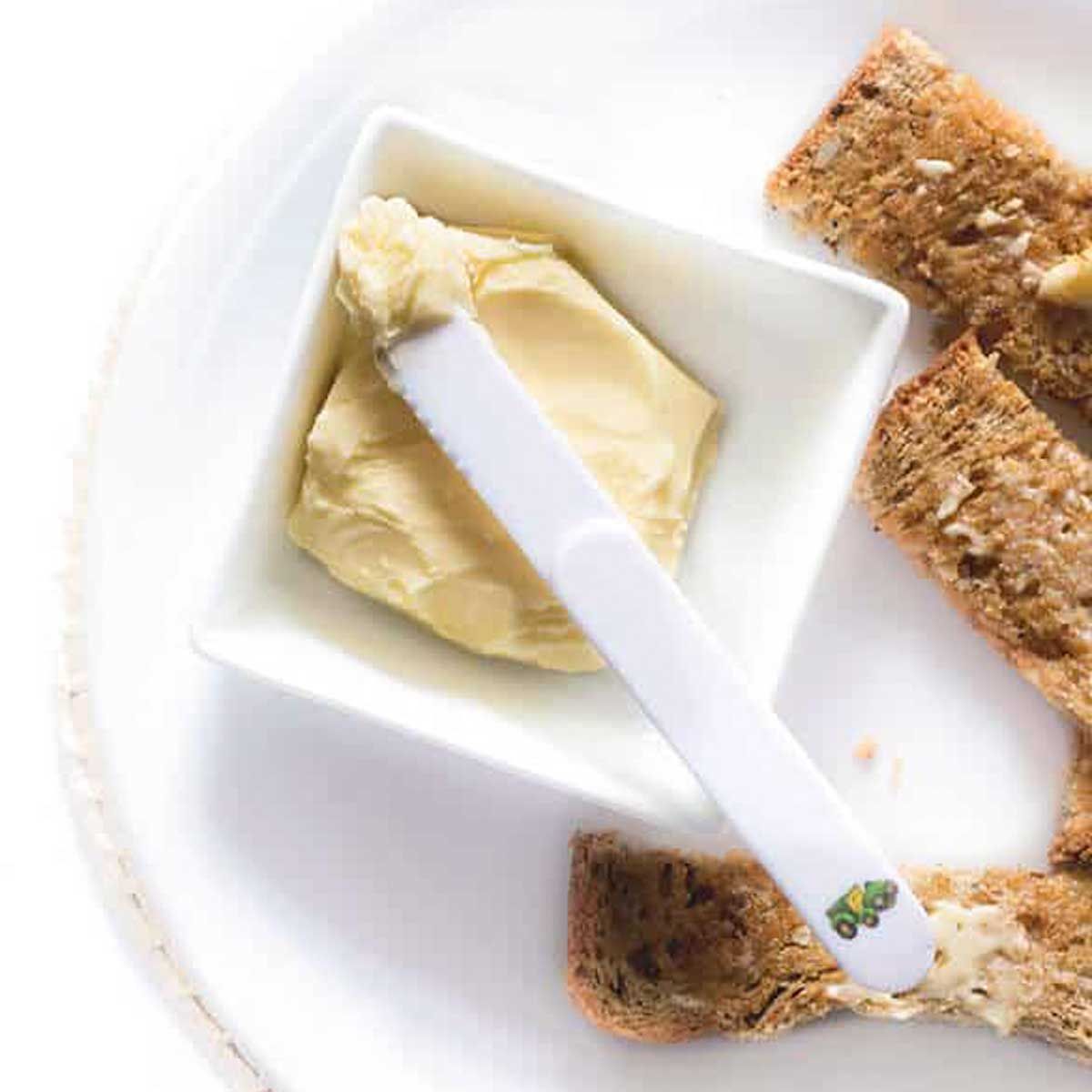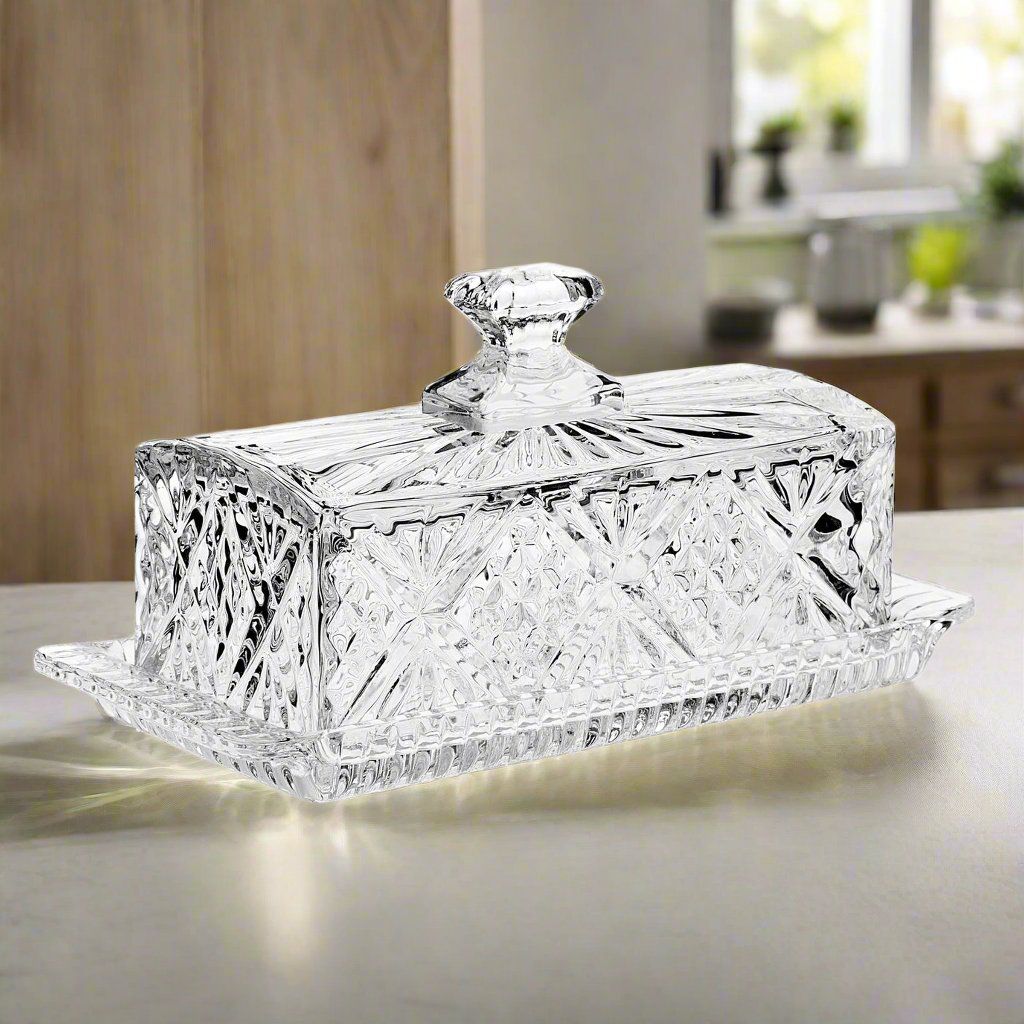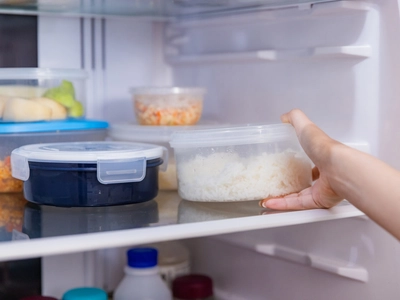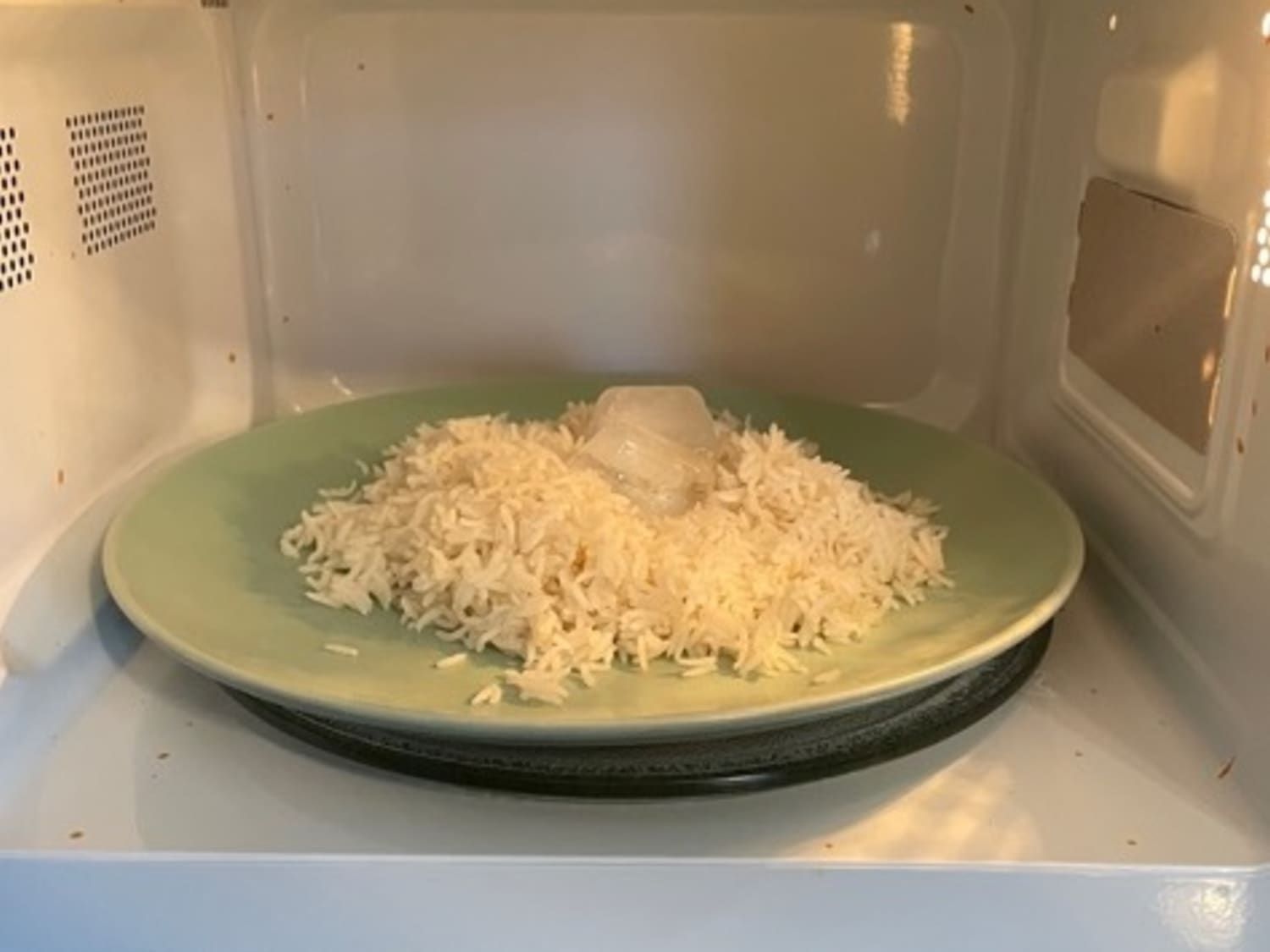Why Thawing a Turkey Correctly Is a Must — Don’t Leave It on the Counter!
Your grandmother might have left the turkey on the counter overnight, but she was playing Russian roulette with your family's health – and she got lucky. The truth about turkey thawing isn't some modern food safety conspiracy. It's literally life or death.
The Shocking Reality of Counter Thawing
That innocent-looking frozen turkey sitting on your kitchen counter is a bacterial time bomb. The moment its surface temperature creeps above 40°F – which happens within the first 2-3 hours – dangerous bacteria like Salmonella, Campylobacter, and Clostridium perfringens start throwing a multiplication party that could hospitalize your entire Thanksgiving dinner.
Here's what's happening while you sleep: Your turkey enters what food scientists call the "Danger Zone" – temperatures between 40°F and 140°F where bacteria can double every 20 minutes. While the center remains frozen solid, the outer layers become a perfect breeding ground for pathogens that cause violent food poisoning.
Why "Grandma Did It" Is a Terrible Argument
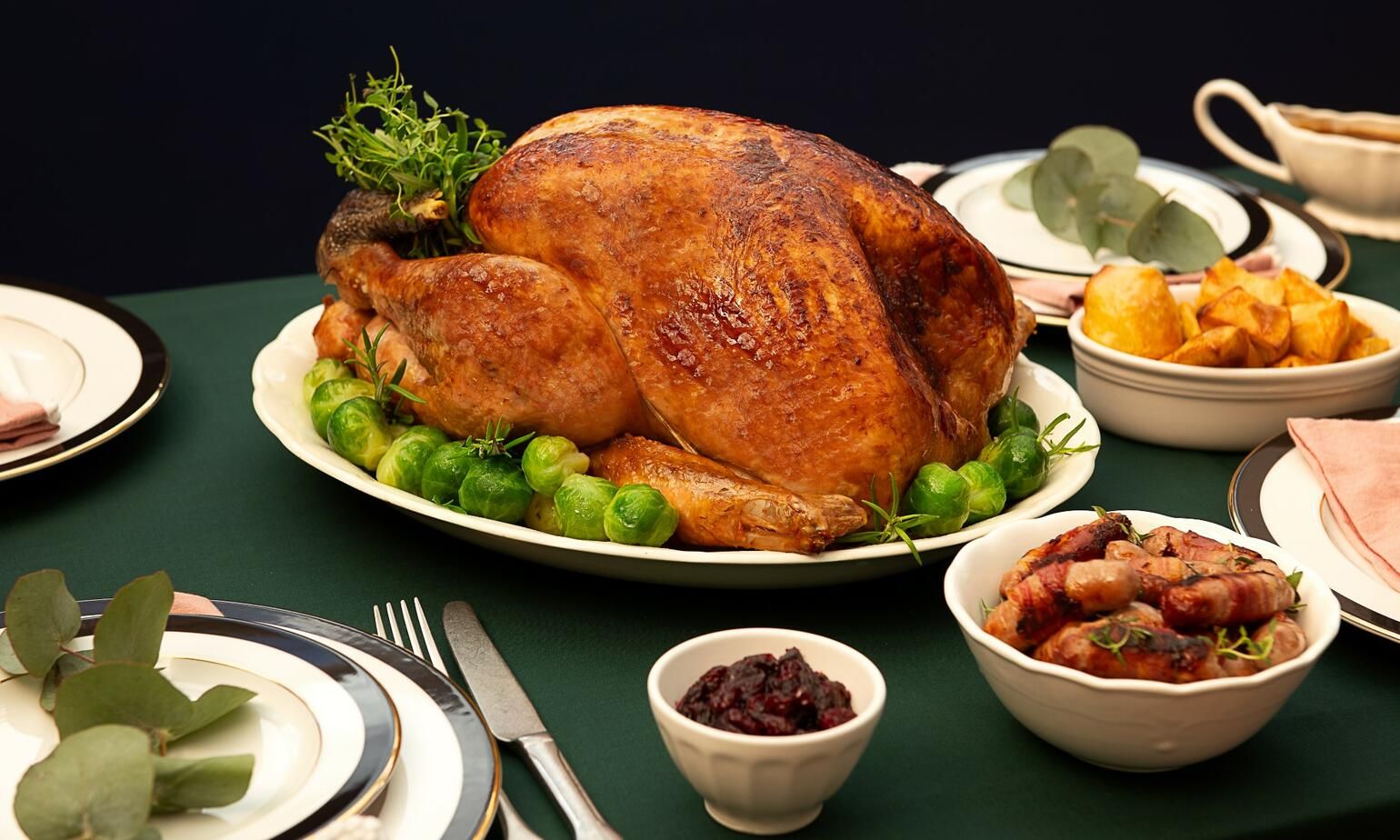
Yes, your grandmother left turkeys out overnight and "everyone was fine." But here's what nobody talks about: food safety standards exist because countless families WEREN'T fine. For every family story about successful counter-thawing, there are emergency room visits that never made it into family folklore.
Modern turkeys also travel farther and are processed differently than they were 50 years ago, creating more opportunities for contamination. The "good old days" had plenty of foodborne illness – we just didn't have the CDC tracking it or understand what caused those mysterious "stomach bugs" that swept through holiday gatherings.
The Three Safe Methods That Actually Work
Refrigerator Thawing (The Gold Standard)
This is the only method food safety experts fully endorse. Plan for 24 hours of thaw time for every 4-5 pounds of turkey. Yes, that means a 20-pound bird needs 4-5 days. The key is keeping the entire turkey at a consistent 40°F or below throughout the process.
Timeline breakdown:
- 4-12 pounds: 1-3 days
- 12-16 pounds: 3-4 days
- 16-20 pounds: 4-5 days
- 20-24 pounds: 5-6 days
Cold Water Thawing (The Emergency Option)
If you're behind schedule, submerge the turkey in cold water, changing the water every 30 minutes. This method requires constant attention but works much faster:
- 4-12 pounds: 2-6 hours
- 12-16 pounds: 6-8 hours
- 16-20 pounds: 8-10 hours
- 20-24 pounds: 10-12 hours
Microwave Thawing (Last Resort)
Only if your turkey fits and you're cooking it immediately afterward. Follow your microwave's guidelines (usually 6 minutes per pound on defrost).
The Real Cost of Getting It Wrong
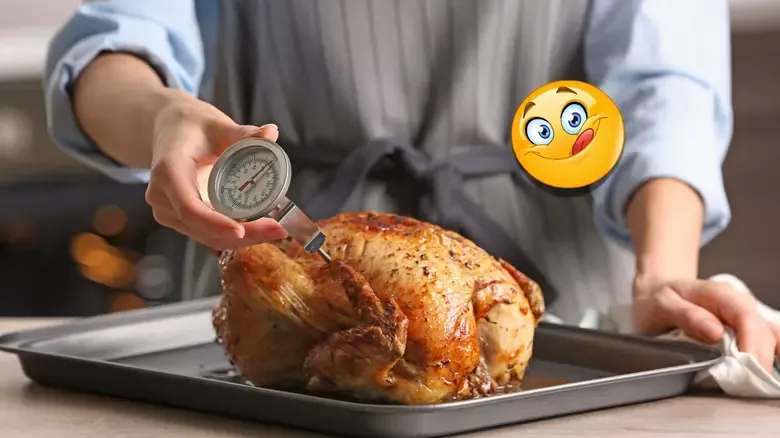
Food poisoning from improperly thawed turkey isn't just an upset stomach. Salmonella can cause:
- Severe dehydration requiring hospitalization
- Reactive arthritis that lasts months
- Blood infections that can be fatal
- Long-term digestive issues
Campylobacter poisoning can trigger Guillain-Barré syndrome, causing temporary paralysis. These aren't scare tactics – they're documented medical consequences that happen to real people every holiday season.
What Happens When You Ignore the Rules
The CDC reports that 1 in 6 Americans get food poisoning each year, with turkey being a major culprit during holiday seasons. Emergency rooms see a spike in foodborne illness cases in the days following Thanksgiving, with many traced back to improper thawing and handling.
Risk factors multiply when you:
- Leave turkey out for more than 2 hours
- Use warm water to speed thawing
- Partially thaw and refreeze
- Cook immediately after counter-thawing without checking internal temperatures
The Bottom Line: Science Beats Tradition
Food safety isn't about fear-mongering or following arbitrary rules. It's about understanding that bacteria are invisible, odorless, and tasteless. Your turkey can smell perfect and taste delicious while harboring millions of pathogens ready to make your family violently ill.
The safe thawing methods aren't suggestions – they're requirements based on decades of scientific research and real-world consequences. Your grandmother's method worked for her, but it won't work for the unlucky families who end up in emergency rooms every Thanksgiving.
Plan ahead. Thaw safely. Your family's health is worth more than the convenience of counter thawing, no matter what worked "back in the day."


